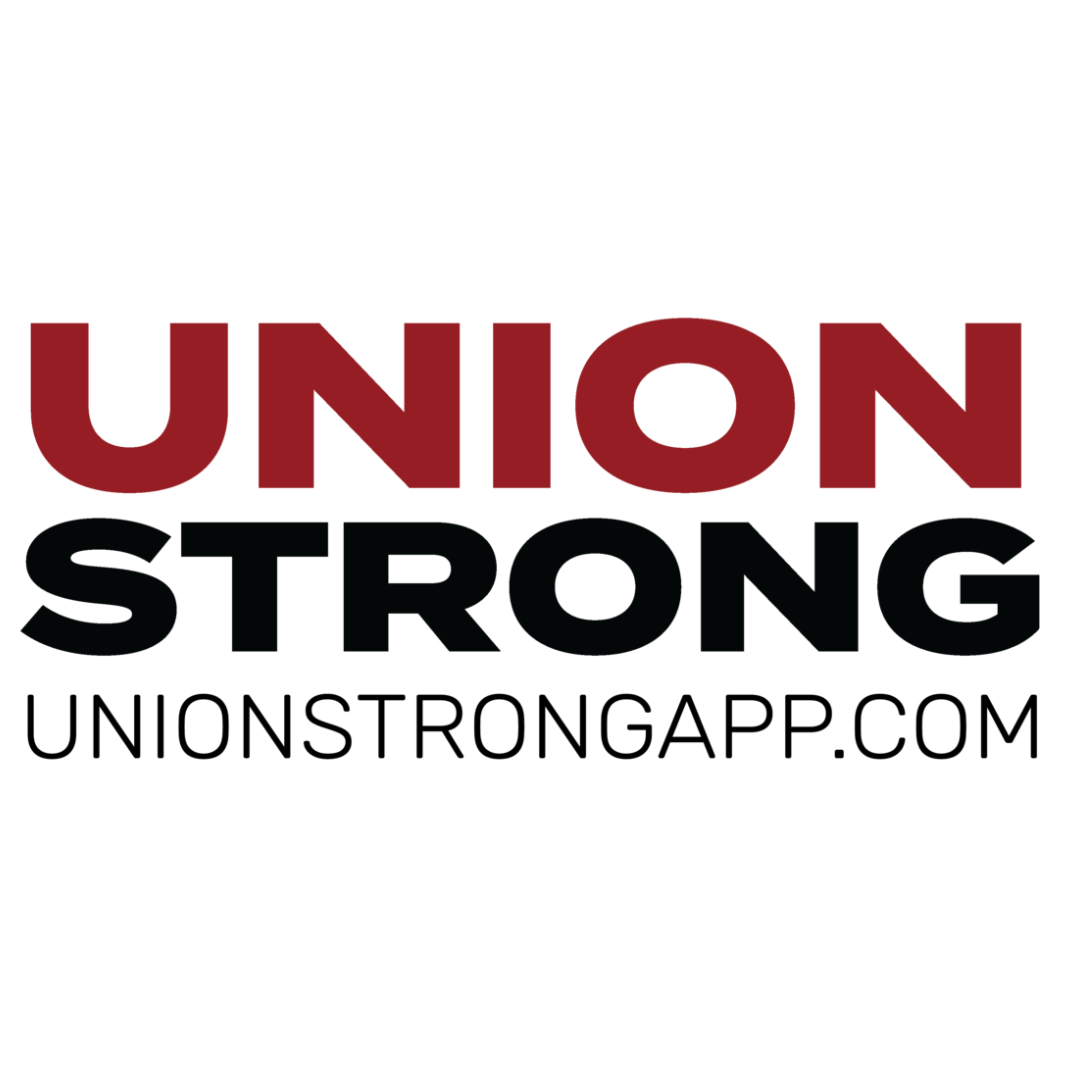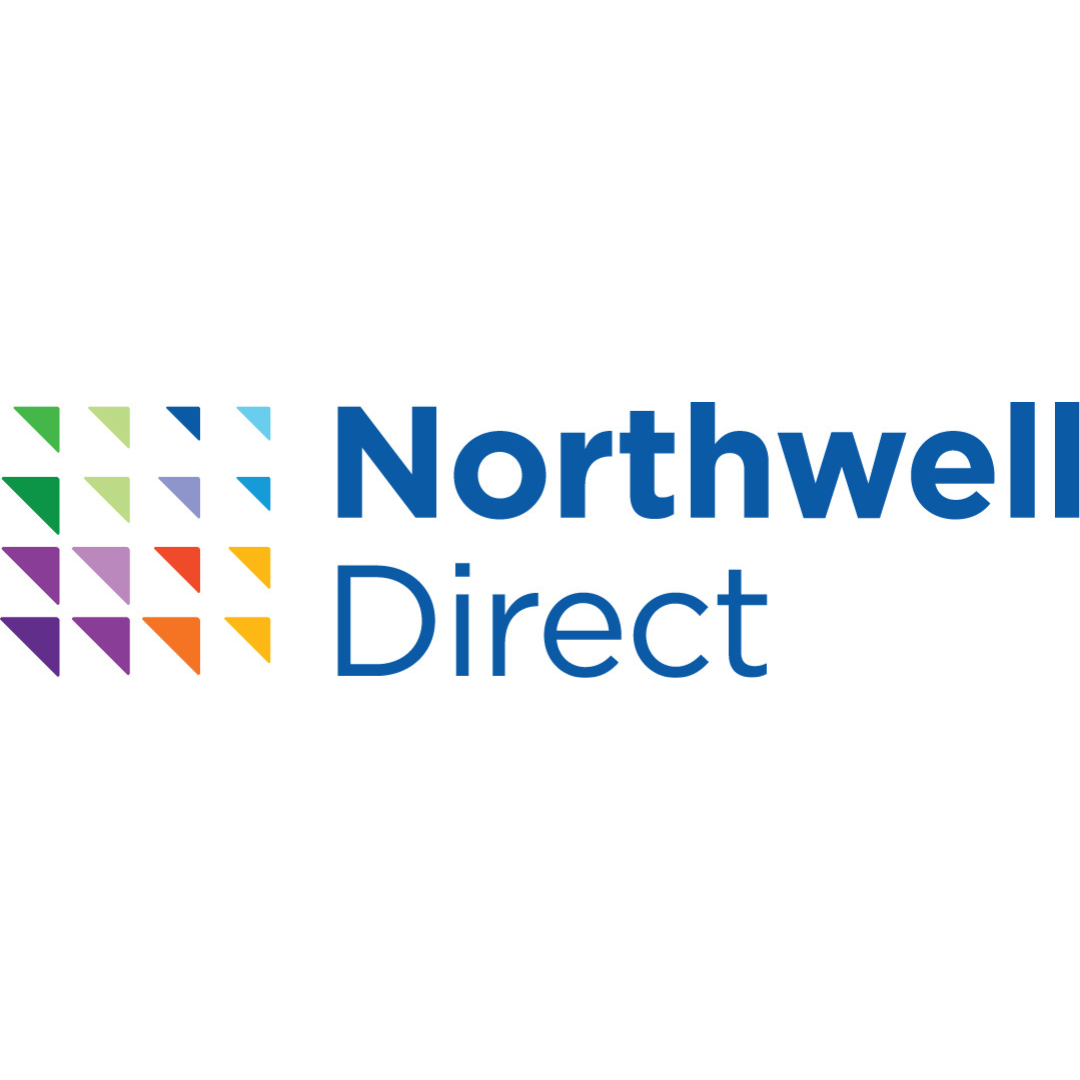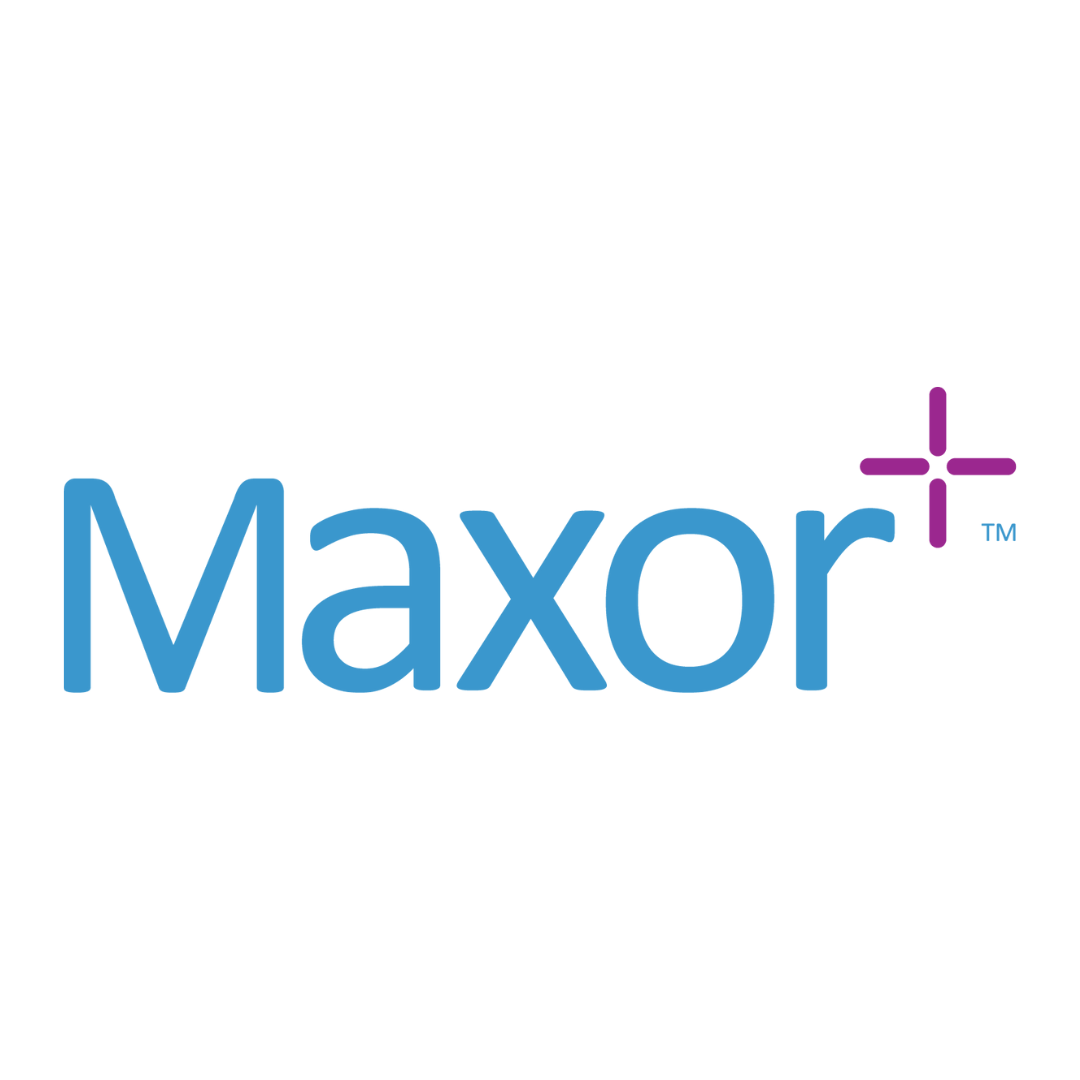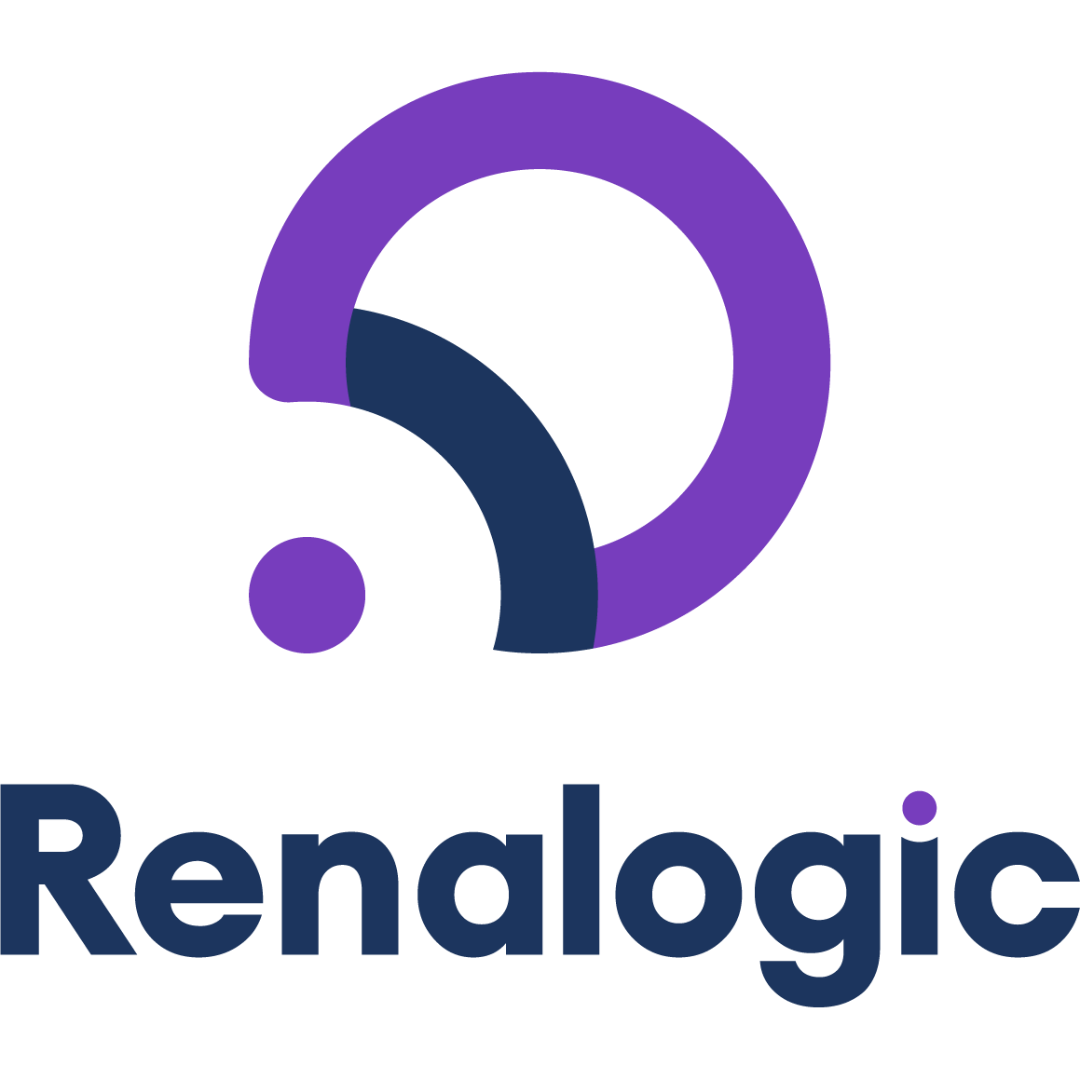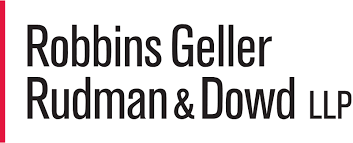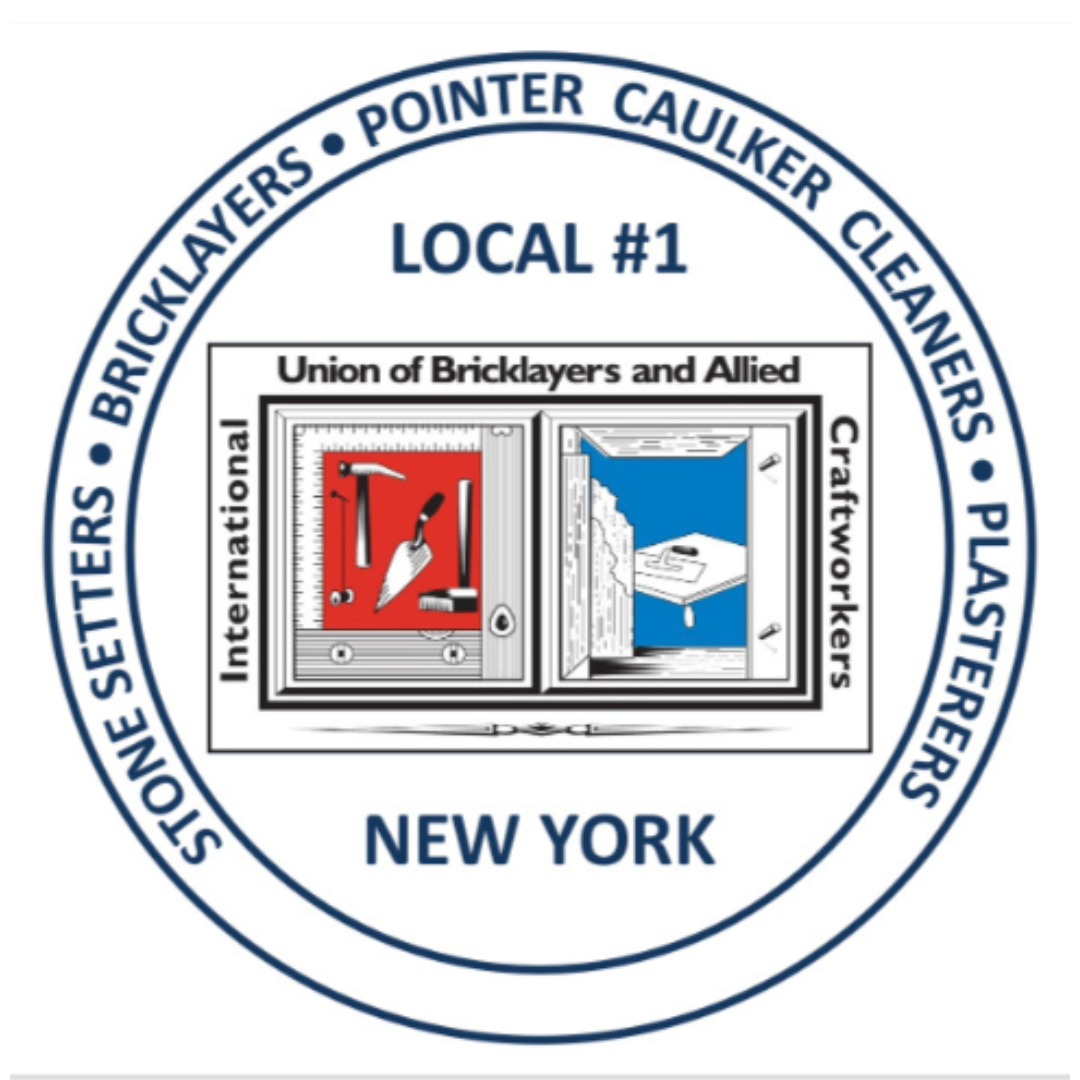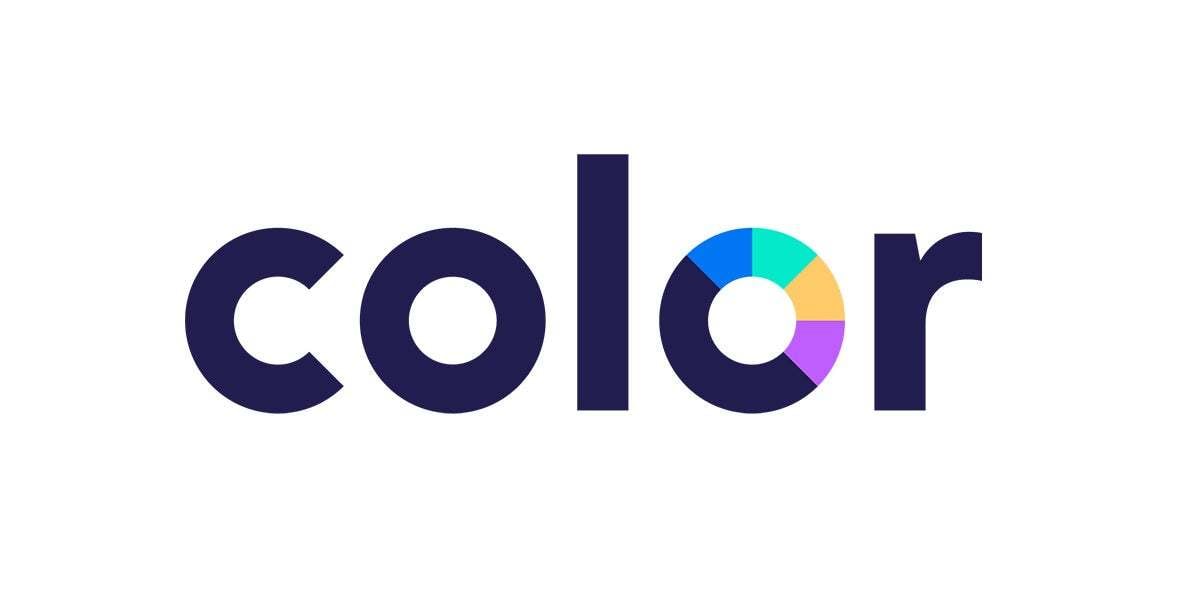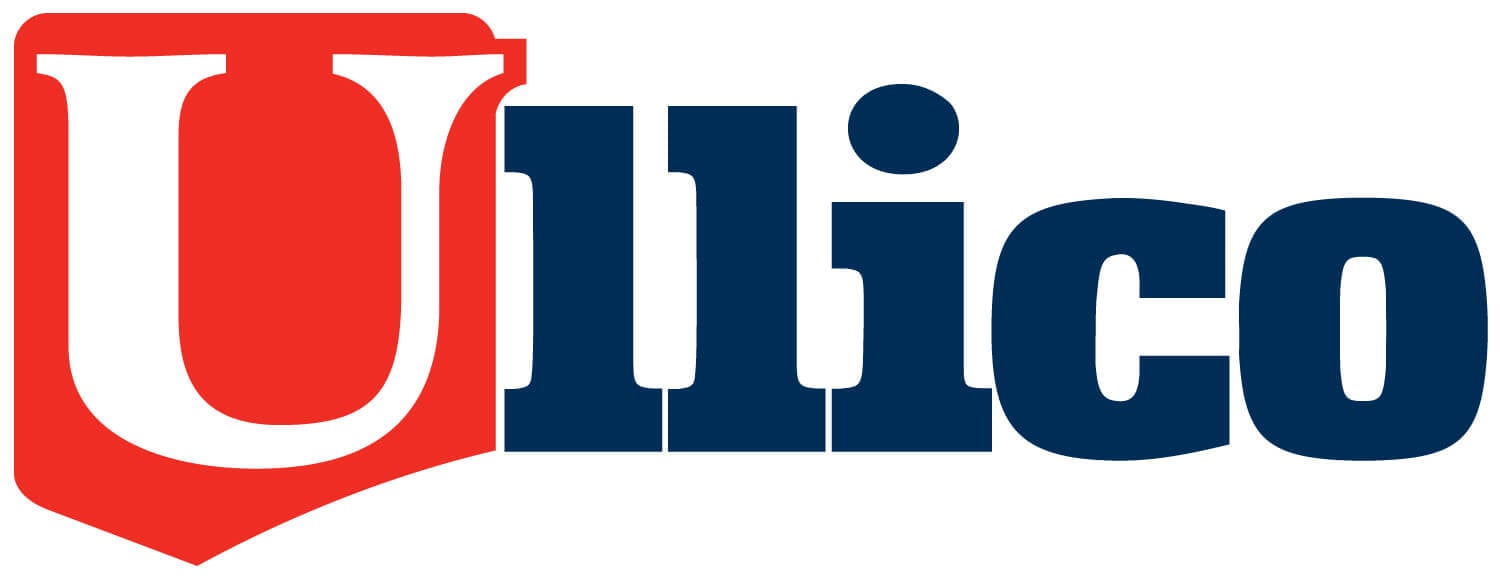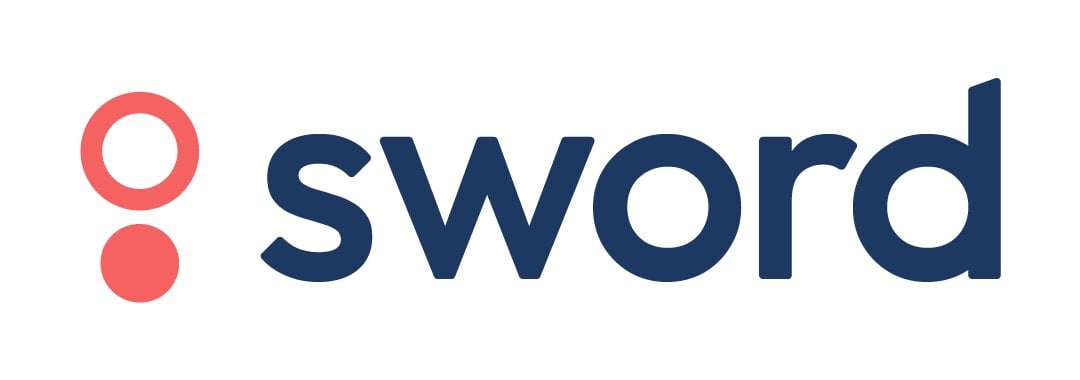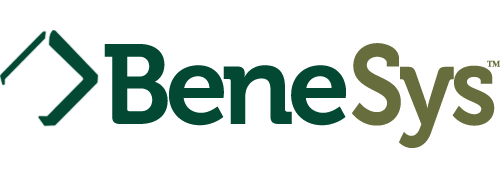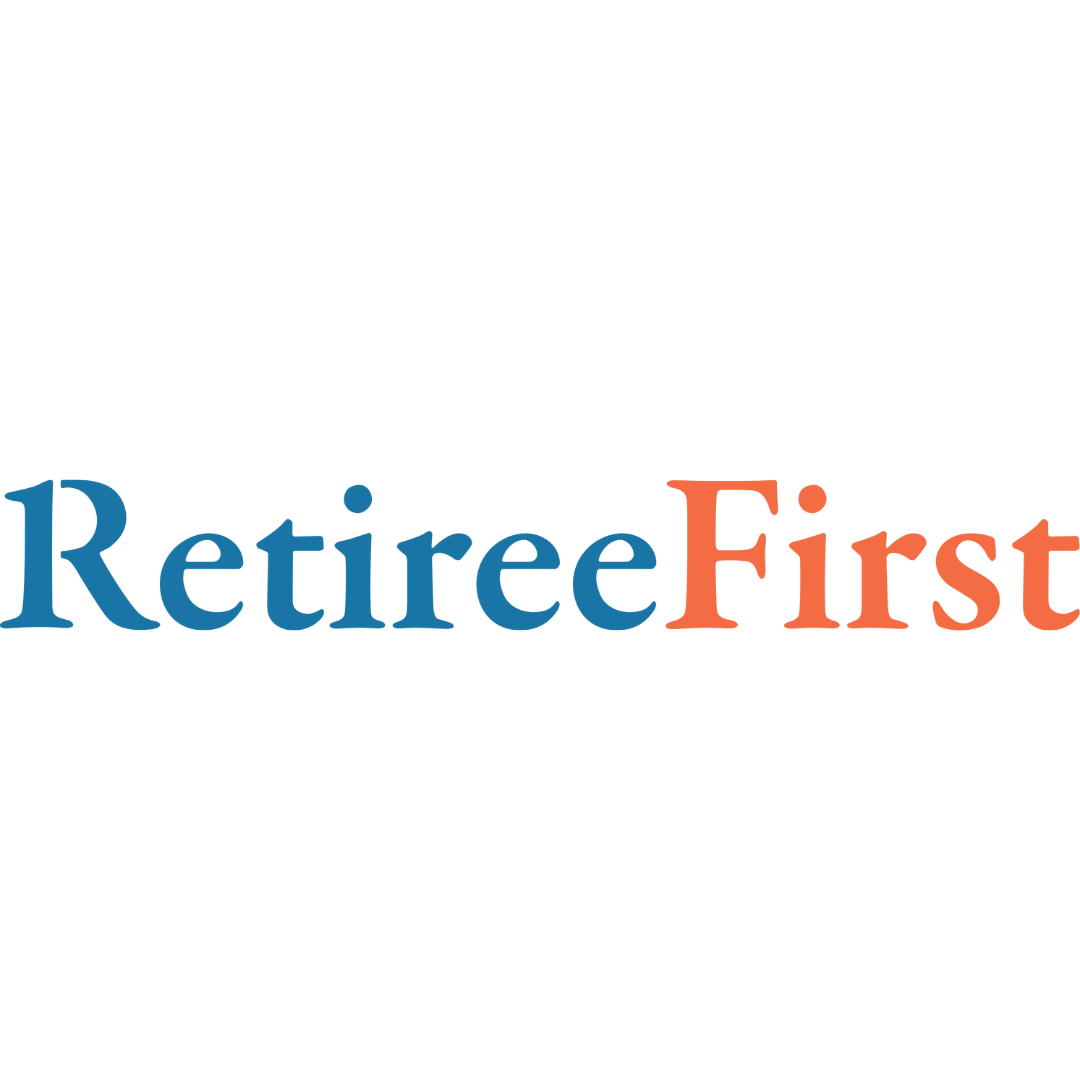3 ways employers are saving money in 2024 while addressing their number one healthcare cost: cancer

For the second year in a row, cancer is the largest healthcare cost for employers. According to a recent survey by the Business Group on Health, cancer costs outrank those incurred by musculoskeletal conditions, cardiovascular diseases, and diabetes.
Cancer is a big word. For benefits teams, cancer encompasses many efforts. But the primary financial burden of cancer is late-stage diagnoses. That’s why employers are increasingly turning their attention toward early detection.
In 2024, employers are looking to get ahead of late-stage diagnoses by increasing access to cancer screenings. Over the last three years, 70% of employers describe an increased focus on improving access as a key priority for their healthcare spend. When it comes to cancer, this inherently means improved access to screenings.
According to the survey, 3 out of 4 employers will have at least one cancer screening program in place next year. Here are the three primary ways they plan to save money on cancer costs by way of screening protocols for their employees:
1. Offer alternatives to colonoscopies.
The American Cancer Society recommends people with average risk start screening for colorectal cancer at age 45. Colonoscopies have long been an accepted means of doing this. But for some people, colonoscopies are not particularly accessible or motivating. Instead, people can easily screen for colorectal cancer using an at-home, stool-based FIT test.
In the Business Group on Health survey, nearly half of all respondents said they are considering alternatives to colonoscopies. We’ve heard from leaders who say, “Employers should send every employee over the age of 45 a FIT test. That will boost their adherence rate immediately.”
By improving screening adherence, employers are looking to save money that would otherwise need to be spent on late-stage colorectal cancer.
2. Cover all breast cancer screenings as preventive screenings.
With rising instances of breast cancer in young women, it’s a critical time to ensure that anyone who is recommended a mammogram can access one. To help improve access and adherence rates to recommended screenings, however, about one third of employers are considering covering all types of breast cancer screenings, including mammograms, breast MRIs, and breast ultrasounds.
By expanding screening options, employers are looking to save money that would otherwise need to be spent on late-stage breast cancer.
3. Promote lung cancer screenings.
Lung cancer is the leading cause of cancer-related death in the U.S. However, the American Cancer Society states, “if lung cancer is found early, it is more likely to be treated successfully.” For many employers, education is one of the best strategies they can deploy to improve screening rates. After all, some employees might not even realize that they are at risk for lung cancer (and therefore recommended screening) before it’s too late.
In the 2024 BGH survey, the number of employers looking to promote lung cancer screenings nearly doubled from 12% in 2023, to 20% in 2024.
Improving access to lung cancer screenings is critical for lessening disparities and closing equity gaps, too. The American Lung Association finds that Black patients are half as likely to get screened for lung cancer than White patients. Black patients are also 15% less likely to be diagnosed early, which is critical to curbing mortality rates.
By promoting screening more effectively, employers are looking to save money that would otherwise need to be spent on late-stage lung cancer.
To learn more about the Business Group on Health survey, visit here. To learn about how Color can help you craft your cancer prevention and screening strategy, get in touch with us at color.com/cancer.

